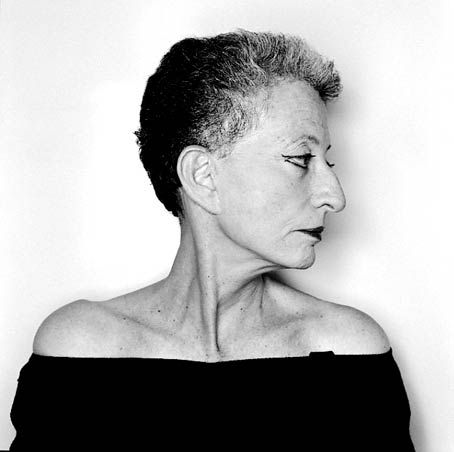If I lose you, if I lose you, if I lose you .....
Over the summer I had a number of conversations with the artist Lottie Child about Performative Writing. I wasn't fully aware of what it was from a theoretical point of view but thought immediately of the Scottish artist Sue Tompkins for whom the written and live disciplines are intertwined.

Her work is a physical realising of random notes, thoughts and snatches of song, beaten into the A4 page by a typewriter then shuffled together in a leaver arch - tidy and filed. In turn she throws the same words out into a performance space, rhythmic and repeated until the right annunciation is reached, broken sentences falling into verse, then flipping to the next page, rocking from foot to foot, pausing to smile, beating time on the gallery floor....
If any of that sounds familiar then it is because she was the lead singer of Life Without Buildings, who made possibly one of the best albums of all time before splitting up in 2002.
Although she left the band behind, a musical edge remains in her work. In fact watching her perform is not dissimilar to the experience of watching Clara Rockmore. There is a silent/invisible back beat that we cannot hear/see but that becomes really evident through her performance. She continues to sing (the) solo.
My understanding of Performative Writing in the truest sense has been informed recently by the writings of Della Pollock and Eve Kosofsky Sedgwick who both work towards 'reclaiming writing as writing'. Their texts behave in particular, responsive, visual ways, breaking through the use of language as a referential conduit and retaining instead the material, active function of words themselves in (perhaps) a more gestural sense.
They strive towards a writing that does something - but, it is a tricky mercurial subject, hard to grasp at the best of times. The work of Helene Cixous would be well worth mentioning at this point, unpicking and reshaping language as she does to unearth hidden/possible/lost meaning. She exemplifies the desire to make words mean what we wish/need them to mean. This means embracing the possibility of rhythm, jest, fracture, absurdity and sensuality in speaking and writing.

Cixous needs a post all of her own really.
Anyway, back to Sue Tompkins. I'm working towards writing something about the relationship or difference between Performative Writing and performing writing. Tompkins work appeals because she creates text works for both ends. Some to be read (silently) by the viewer and others that form her own idiosyncratic performance.
I think her work came to mind (pre Pollack, Sedgwick knowledge) because she is distilling the physical act of writing into performance. In Signature/Event/Context - Derrida talks about the root and purpose of writing as being a way of communicating thought to those who are not present. Indelible marks on a page remain as traces of thoughts, sustaining their life beyond that of the thinker/writer. But what happens when the author (or artist) is present to perform the text? When the text defies its formal, communicative function and is unable to exist without the author to activate it?
Tompkins' work owes a lot to the experimental poetry of the 1950's inspired by the work of John Cage and a adaptation of musical scoring and abstracted rhythms in order to present the fantastic inconsistencies of the 'read aloud' into the written. This makes sense in relation to Tompkins performances, as her musical instincts persist through the work. There is something in the motion of the performance, the click of her heels, the doubling of words and the time it takes to turn the page, that 'performs' those absences, gaps, punctuations and typos as they appear on the page. Perhaps achieving something close to what Jerome Rothenberg called "Activated Inscription".
I have a lot more thinking to do on this but like the parallel of this bizarre video of Cage's work "Water Walk" from the early 60's. Note the rhythmic pacing, feeling of timing and (above all) surreal conflation of abstract snatches of found (radio, rubber duck, kazoo) and created sound (manipulation of the piano, ice cubes, steam cooker) to create music..poetry..performance..story..which seems to correlate nicely with Tompkins' work. The performance starts at about 5:30, but the preamble is well worth a watch.


Comments